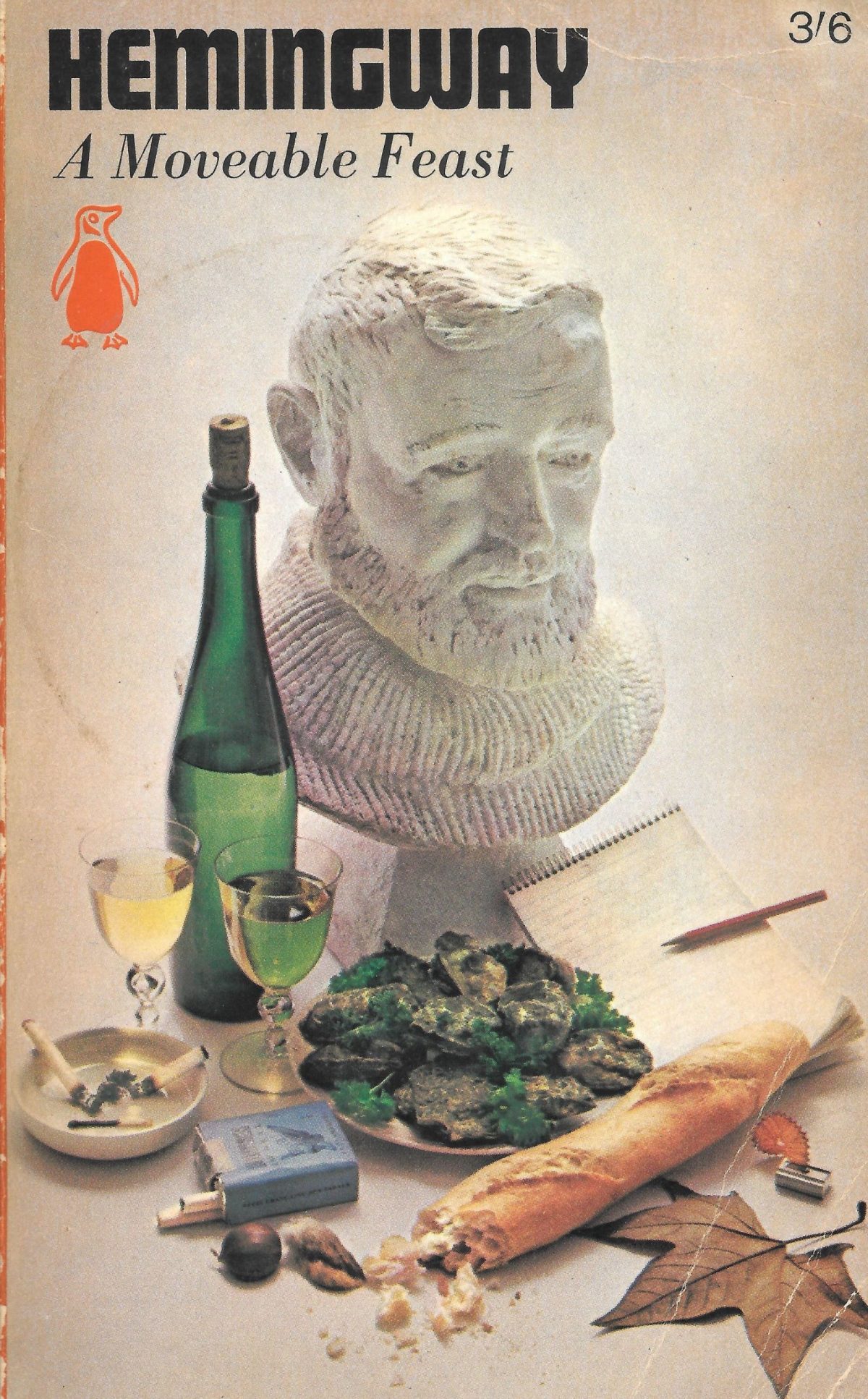
Ernest Hemingway’s book titles are like short poems:
The Sun Also Rises
A Farewell to Arms
To Have and Have Not
From Whom the Bells Toll
Death in the Afternoon
The Short and Happy Life of Francis Macomber
Across the River and into the Trees
Titles that create mystery, a sense of danger, anticipation, and the possibility of hope.
Hemingway worked on his titles as much as he did on his terse, lucid prose. He once described the process for choosing titles:
I make a list of titles after I’ve finished the story or the book—sometimes as many as one hundred. Then I start eliminating them, sometimes all of them.
The Sun Also Rises was originally called The Lost Generation. A Farewell to Arms was called As Others Are.
The Sun Also Rises came from the Bible, Ecclesiastes 1:4-8:
One generation passeth away, and another generation cometh: but the earth abideth for ever. The sun also ariseth, and the sun goeth down, and hasteth to his place where he arose. The wind goeth toward the south, and turneth about unto the north; it whirleth about continually, and the wind returneth again according to his circuits. All the rivers run into the sea; yet the sea is not full: unto the place from whence the rivers come, thither they return again. All things are full of labor; man cannot utter it: the eye is not satisfied with seeing, nor the ear filled with hearing.
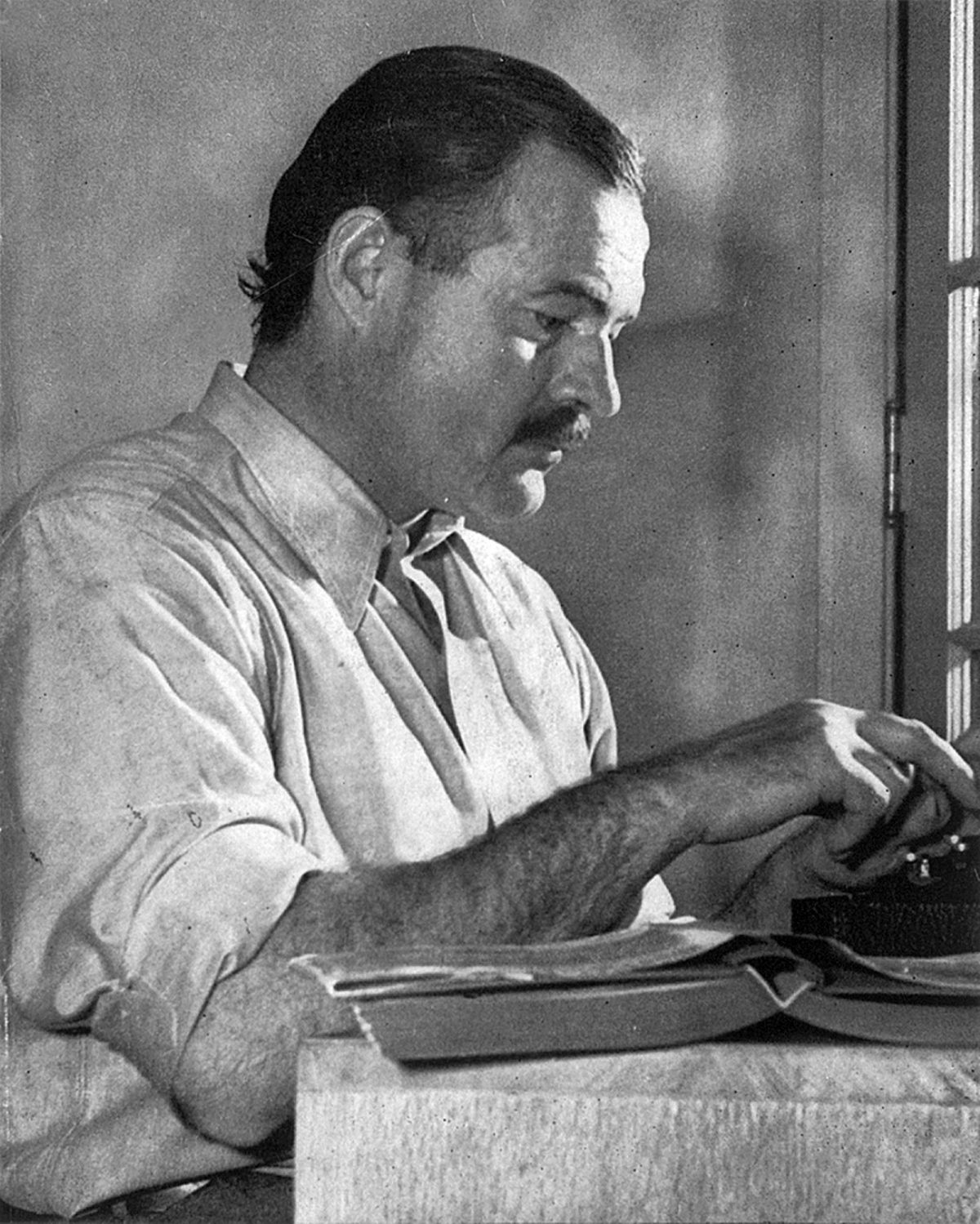
Ernest Hemingway photographed for the cover of ‘For Whom the Bells Toll’, 1939.
History provided others. Across the River and into the Trees were the last words spoken in delirium by Confederate General Thomas Jonathan “Stonewall” Jackson during the American Civil War.
Let us cross over the river, and rest under the shade of the trees.
Jackson represented the myth of the Lost Cause, a romantic notion of what the South represented. Perhaps more relevant, Across the River and into the Trees was Hemingway’s last complete novel (excluding the novella The Old Man and The Sea) before his death. It’s not his best work. It’s a story that conflates the image of Hemingway as the man of action with Hemingway the writer in the form of the protagonist the Colonel. In the same way, Hunter S. Thompson‘s literary alter ego Raoul Duke became confused with his creator.
Poetry was another source. A Farewell to Arms was the title of a poem by 16th-century poet George Peele.
For Whom the Bells Toll derived from the poem by John Donne:
No man is an island,
Entire of itself.
Each is a piece of the continent,
A part of the main.
If a clod be washed away by the sea,
Europe is the less.
As well as if a promontory were.
As well as if a manor of thine own
Or of thine friend’s were.
Each man’s death diminishes me,
For I am involved in mankind.
Therefore, send not to know
For whom the bell tolls,
It tolls for thee.
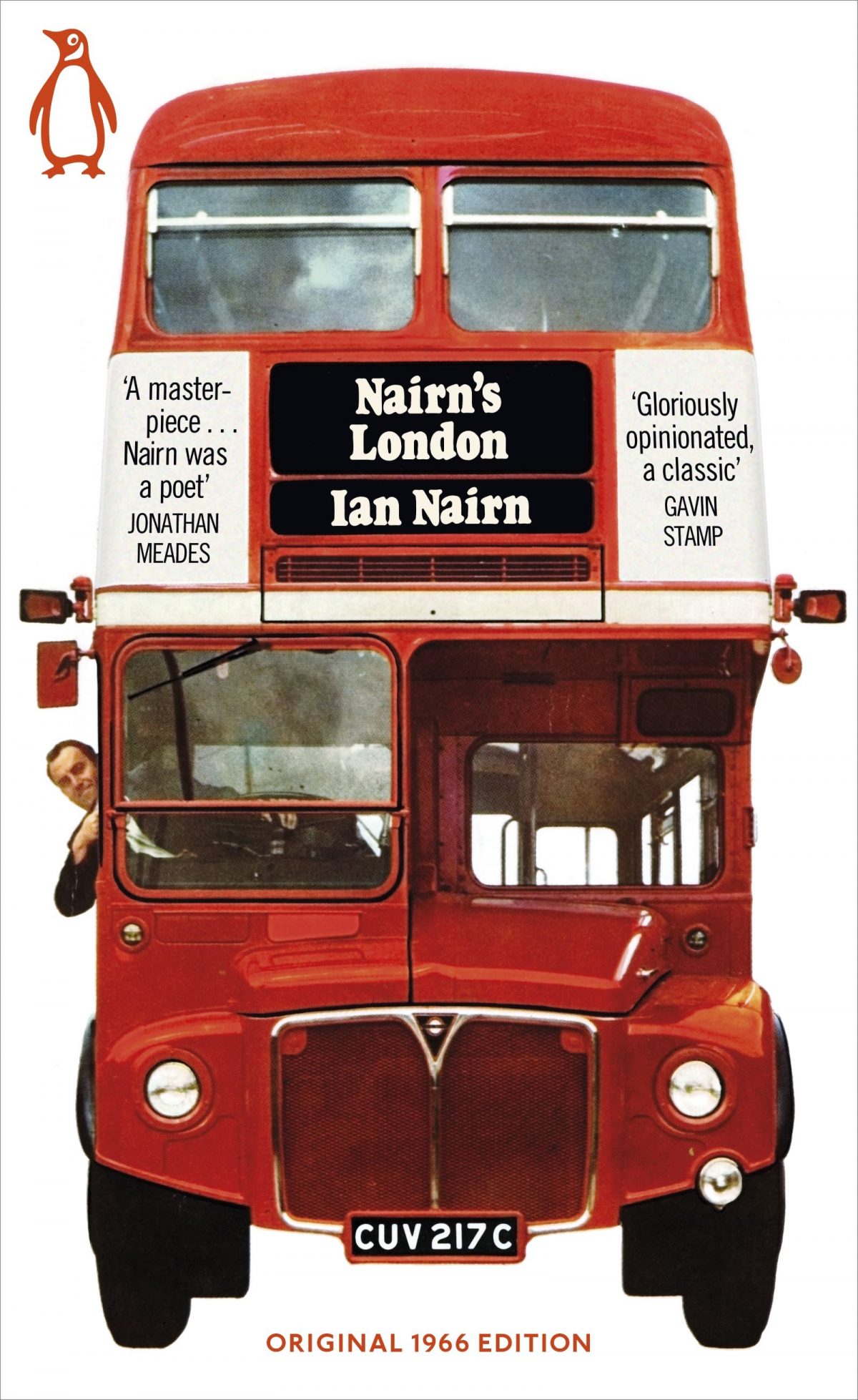
Dennis Rolfe’s iconic photographic design for Nairn’s London, 1966.
In 1966, Penguin reissued Hemingway’s books with a series of covers photographed by Dennis Rolfe.
Rolfe was one of the many artists/designers/photographers who worked at Penguin creating some of the company’s most iconic book covers. Rolfe’s design of a bust Hemingway surrounded by key objects from each novel fulfilled William Hogarth’s ideas about beauty: that a picture must have variety to engage the interest of the viewer.
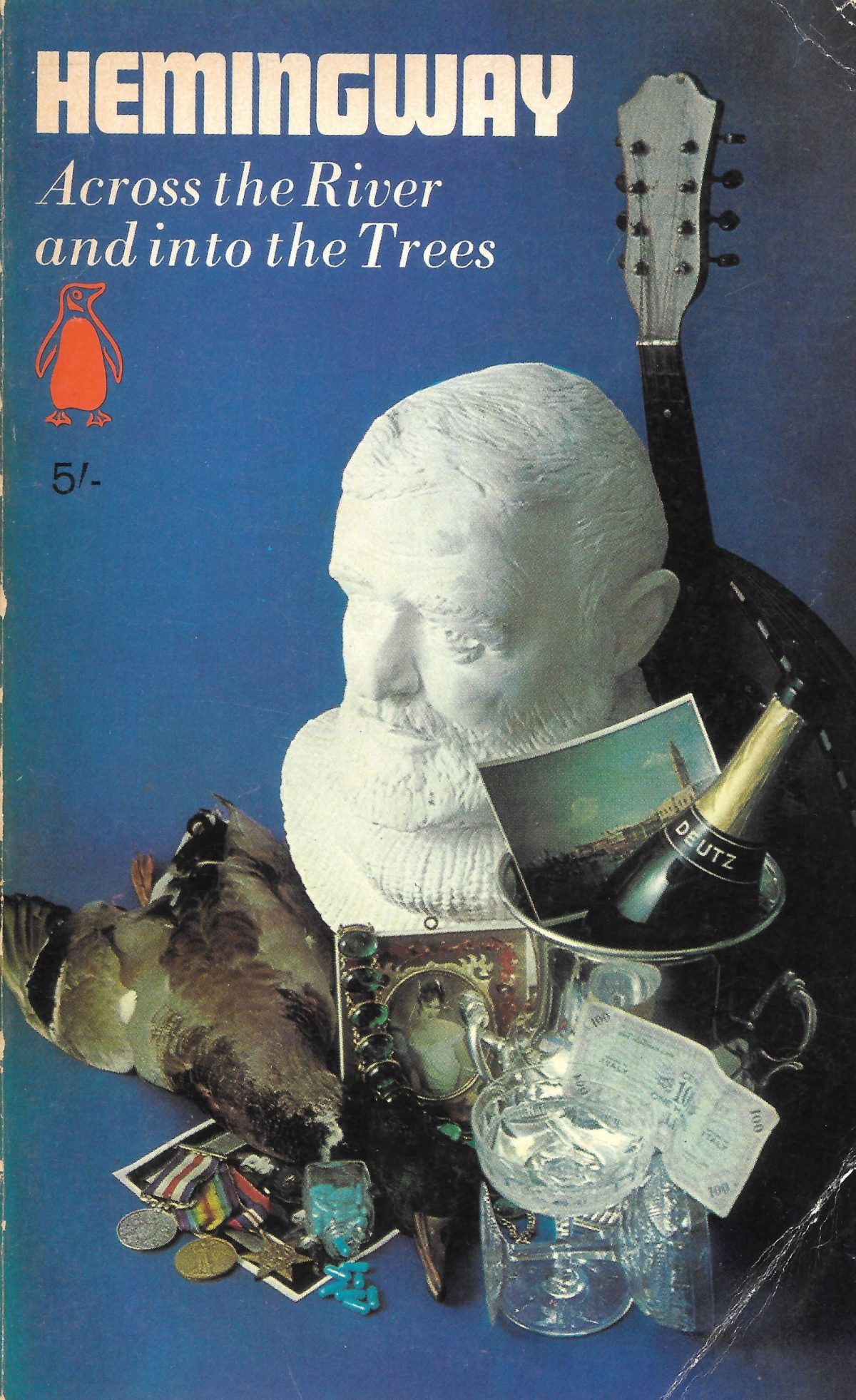
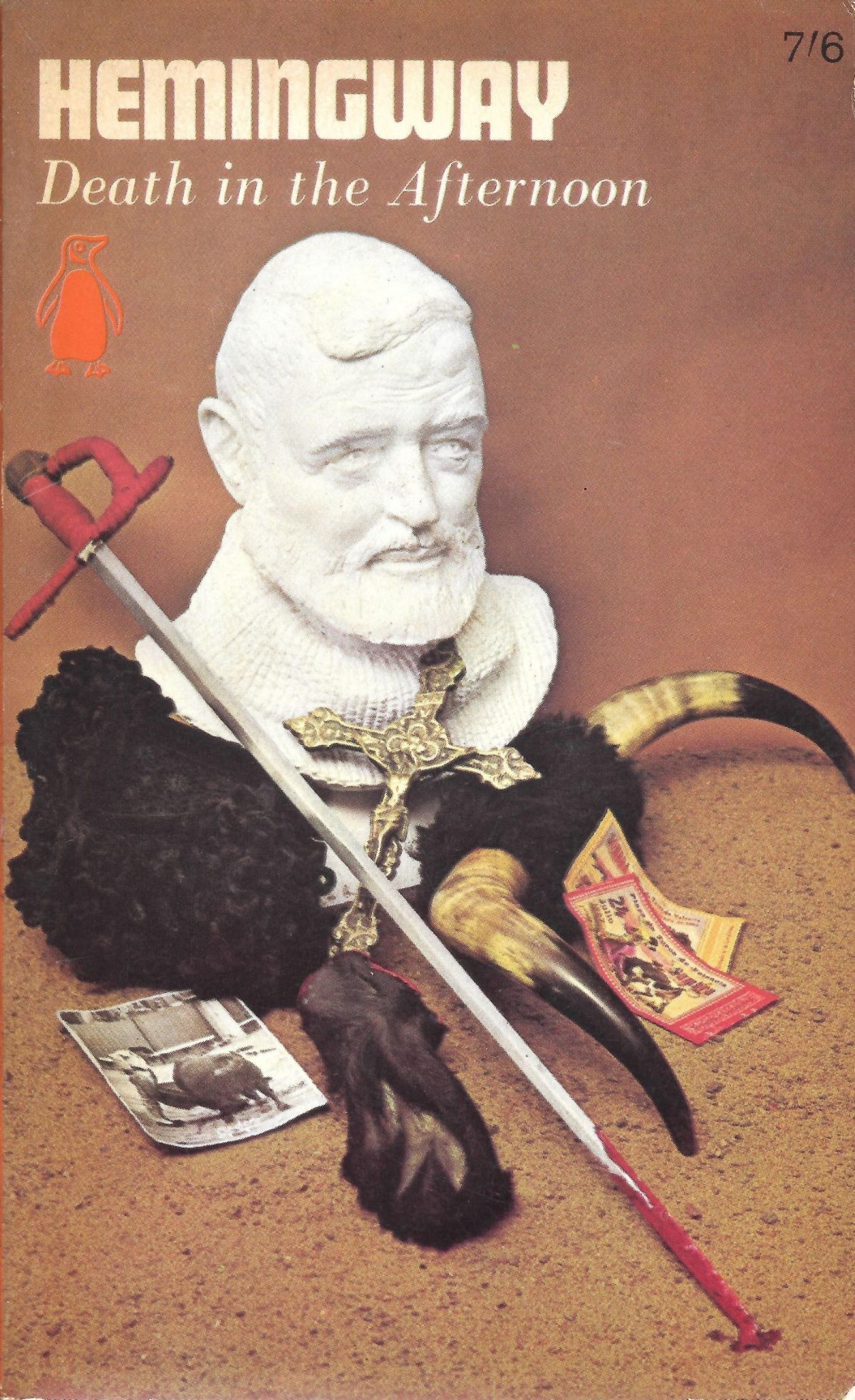
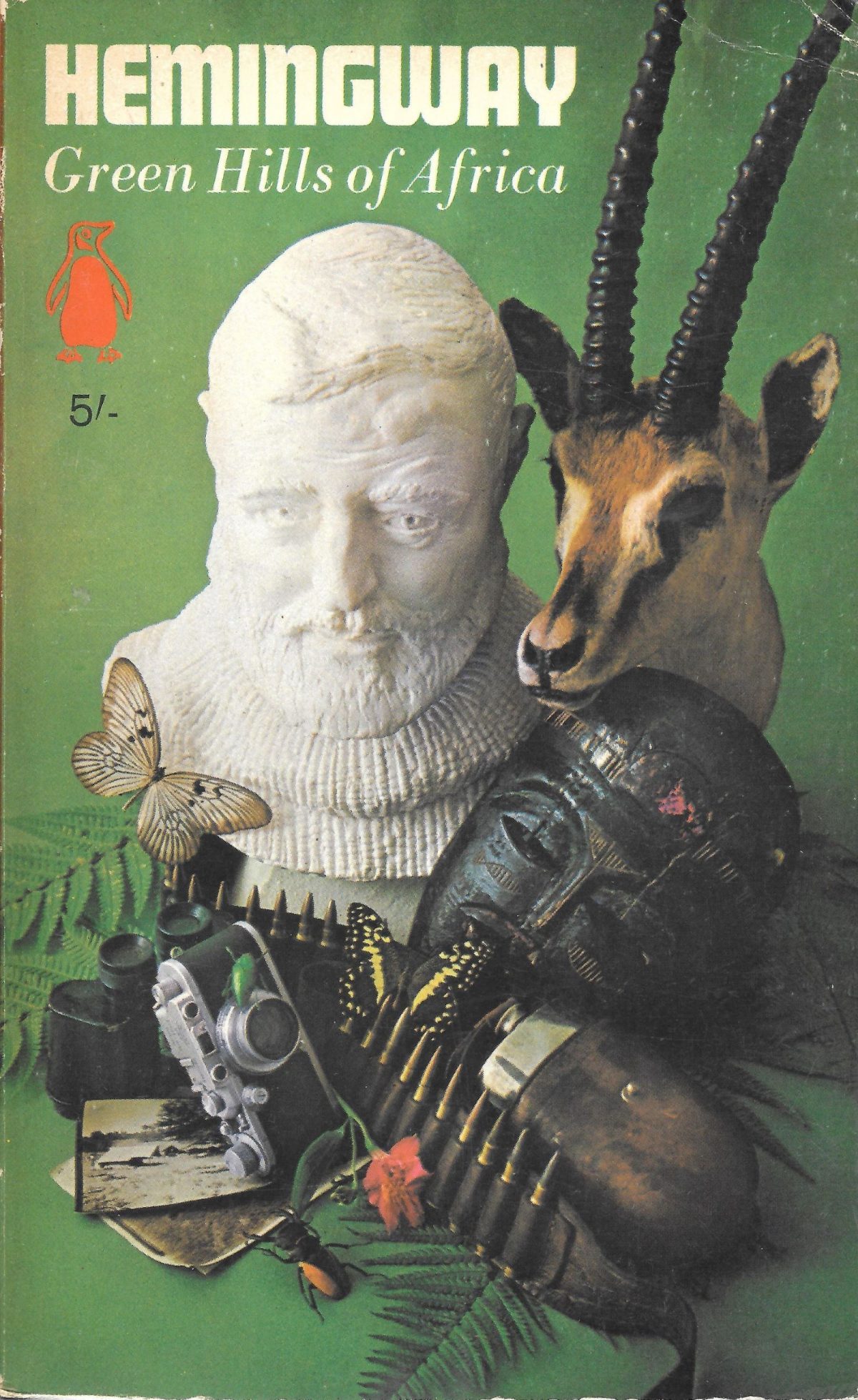
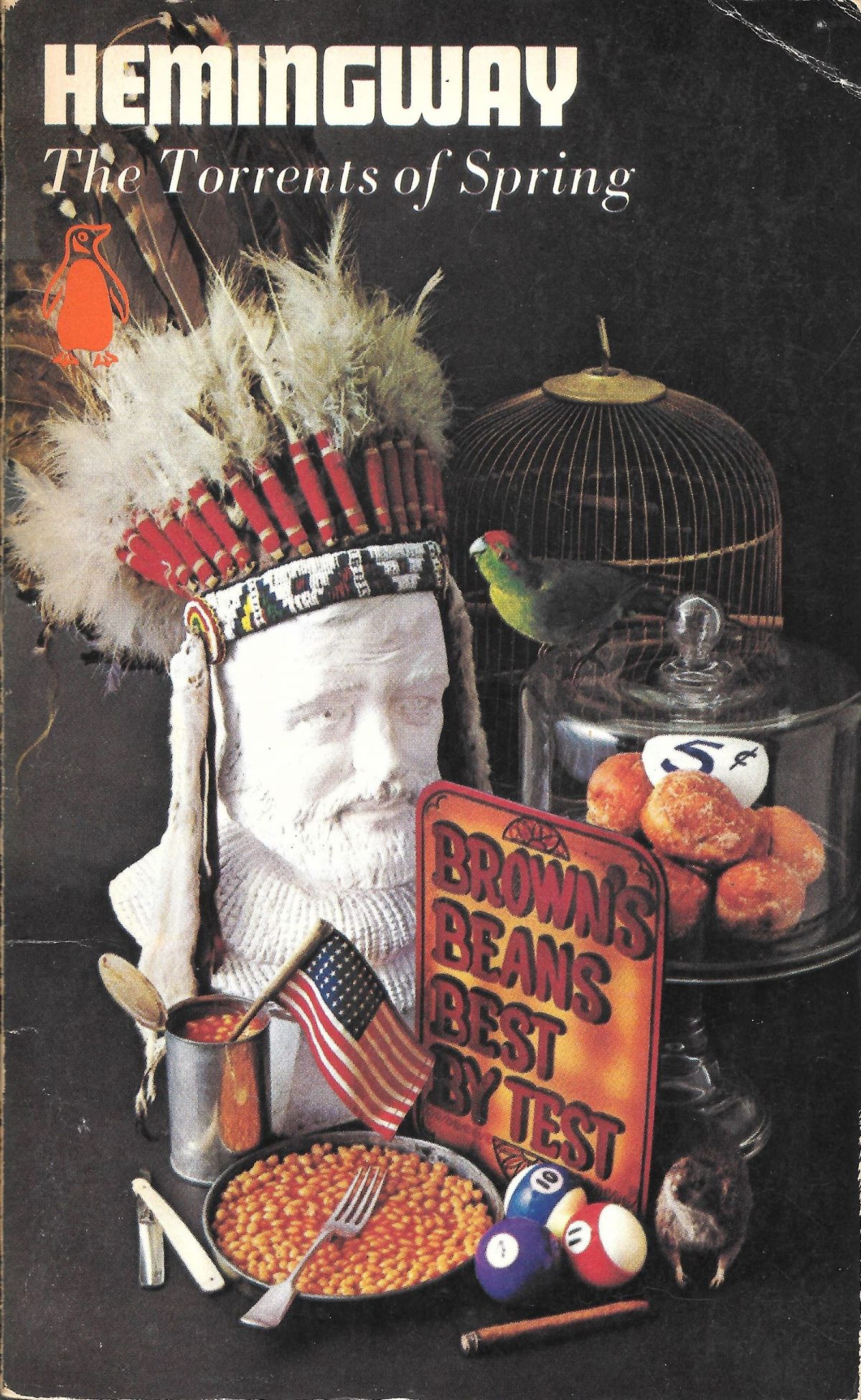
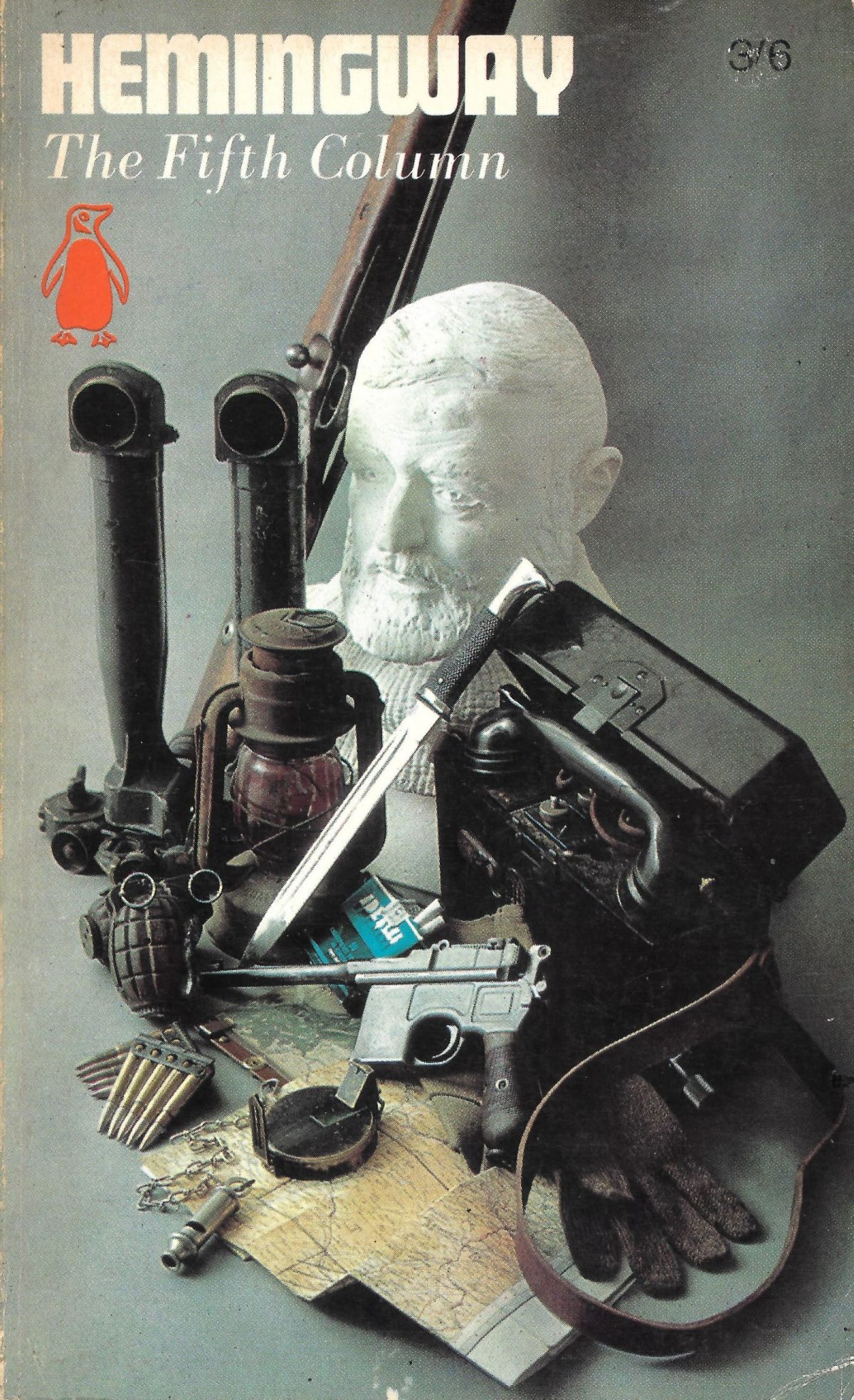

A classic Penguin cover for Hemingway’s ‘To Have and Have Not’. No need for pictures, just simple stylish text, block colours, and Hemingway’s insignia.
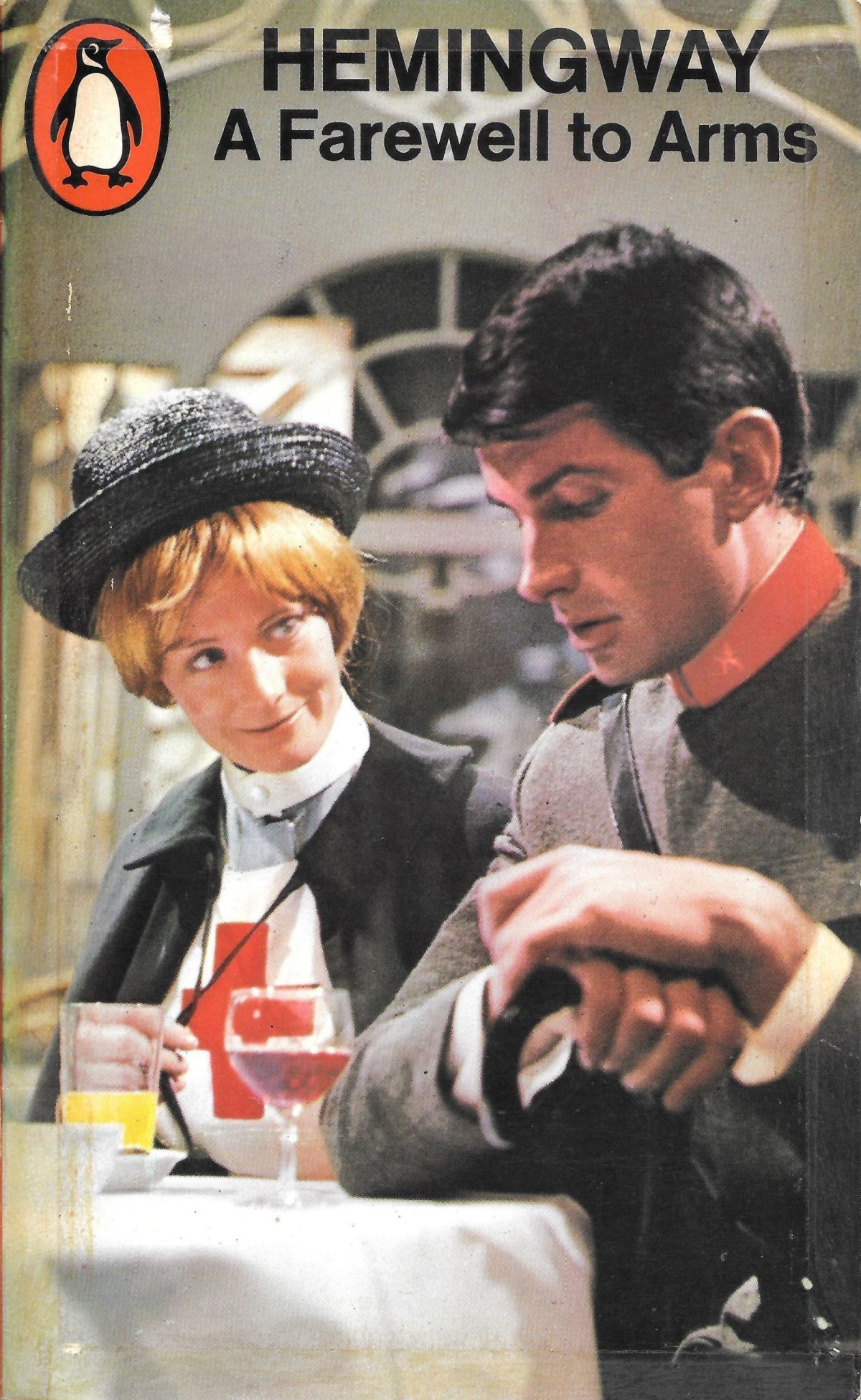
In 1969, David Pelham at Penguin hired designer David King to create a new series of covers for Hemingway’s books. King’s simple design of text and a single photograph announced something more serious and politically edged than Rolfe’s pop covers. It was like Richard Hamilton’s conceptual design for the Beatles White Album after Peter Blake’s and Jann Haworth’s cover for Sgt. Pepper’s Lonely Hearts Club Band. King went on to establish himself as one of the most successful designers of the 1970s and 1980s.
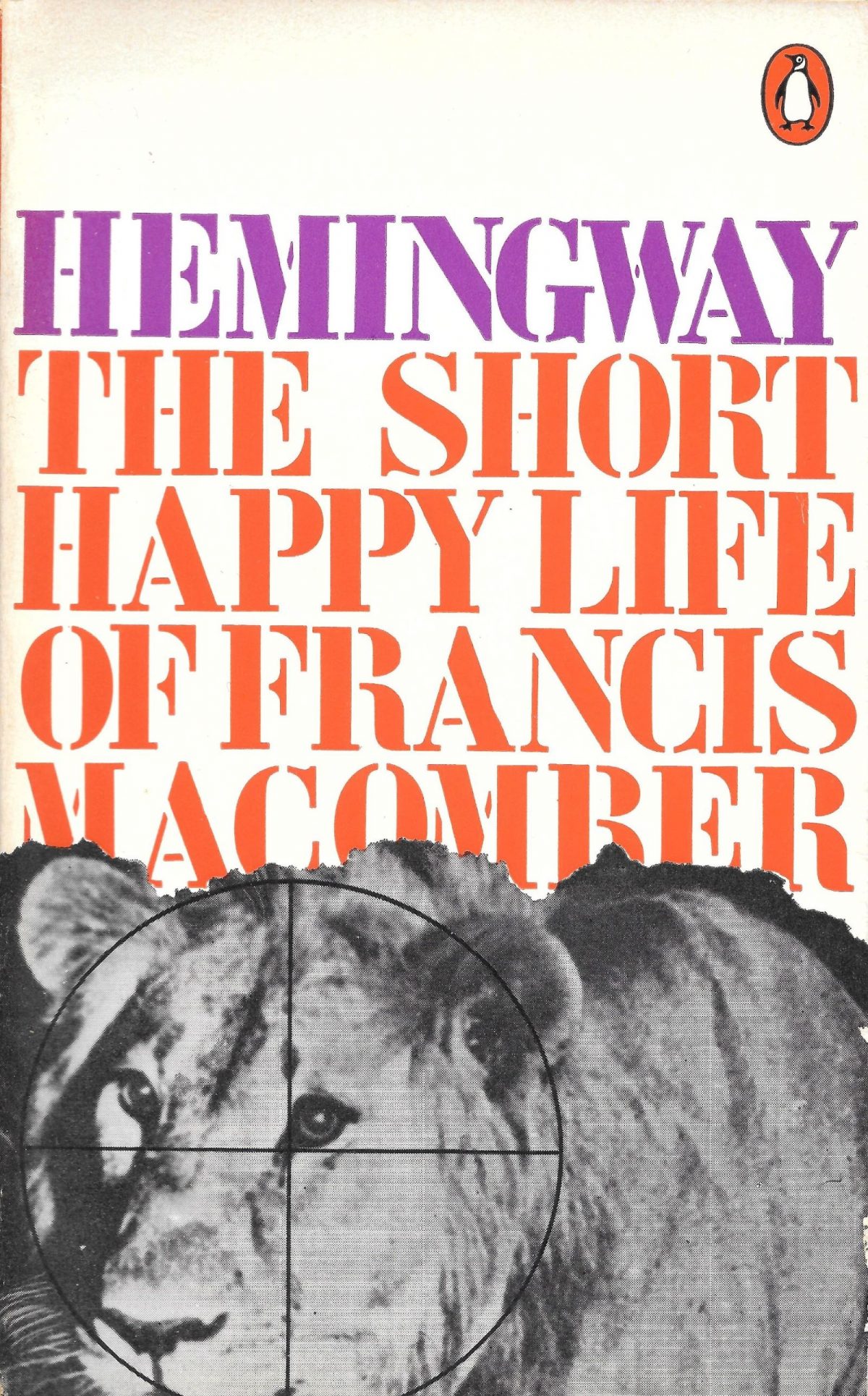
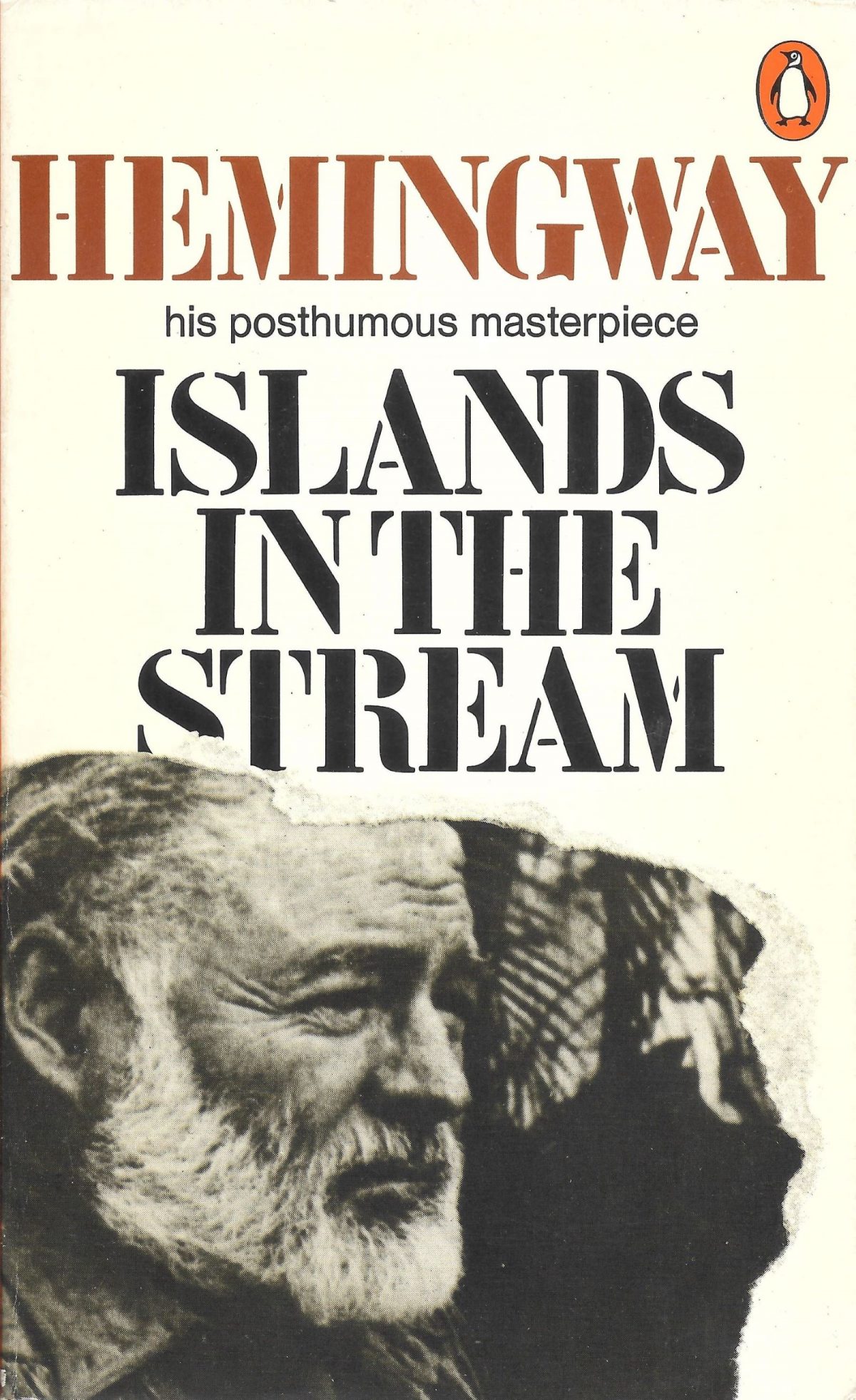
Would you like to support Flashbak?
Please consider making a donation to our site. We don't want to rely on ads to bring you the best of visual culture. You can also support us by signing up to our Mailing List. And you can also follow us on Facebook, Instagram and Twitter. For great art and culture delivered to your door, visit our shop.









